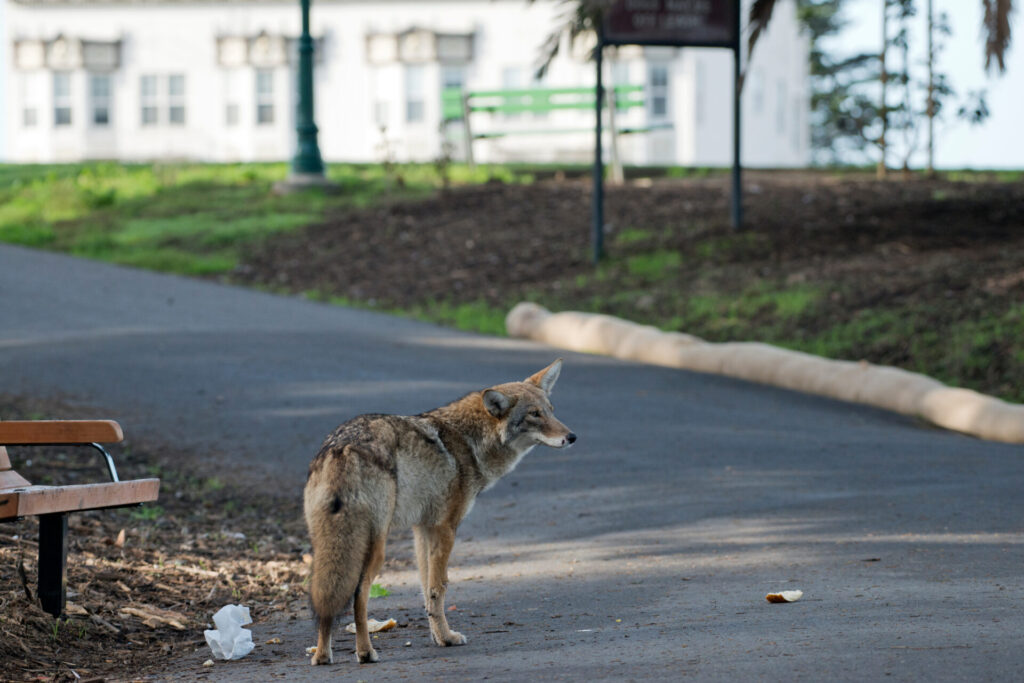Connecticut, being a state covered with minimally disturbed green spaces, is home to quite a lot of wildlife. But, are there coyotes in Connecticut?
There are lots of myths when it comes to Connecticut wildlife. Let’s find out if the presence of coyotes is one of them!
Are there coyotes in Connecticut?
You are sitting in your car at a traffic light and across the road runs an animal you are sure is not a dog or a fox. It was too large to be one of those.
What was it, though? A coyote? A wolf?
To help you narrow down what it might have been, here is a list of Connecticut’s native animals in the carnivorous dog family:
- fox
- gray fox
- red fox
- coyote
Yes, there are coyotes in Connecticut. The coyote population is quite plentiful, in fact.
Sightings of Eastern coyotes in Connecticut are frequently reported even in densely populated towns such as Norwich, Connecticut. However, they are far more frequently seen during hikes in Connecticut’s state forests and near beaches.
Coyotes are relatively new to Connecticut; the coyote population only started migrating to this area of the United States in the past 100 years.

What do coyotes in Connecticut look like?
The first time you spot an Eastern coyote, you might be taken aback by its size. In fact, many people new to Connecticut mistake coyotes for wolves.
An Eastern coyote can weigh up to 50 lbs and resembles a thin German Shepard, but with grey-ish fur, pointier ears, and a bushier tail.
How to co-exist with coyotes and what to do if you see one
The fact coyotes exist in Connecticut should not deter you from all the amazing outdoor activities we have here. If you follow some basic rules,
- Keep your indoor pets leashed while outdoors and bring them inside if you are not with them.
- Keep your outdoor pets and livestock fenced with livestock fencing.
- Teach your children to yell for help and climb on something high if approached by a coyote. Tell them NOT TO RUN!
- Identify potential den sites and fill them in with sand, dirt, or rocks. (Always check to make sure the den is not occupied before filling it.)
- If you see a coyote, observe for behavior such as staggering, lethargy, or seizures. (Daytime activity is often normal and does NOT always indicate rabies.)
Essentially, steer clear, protect your children and livestock, and watch for signs of rabies when you do see one.
If you have any questions or concerns about a coyote you see, call DEEP Wildlife Division at 860-424-3011.
If you live in Connecticut, how long was it before you saw your first coyote?